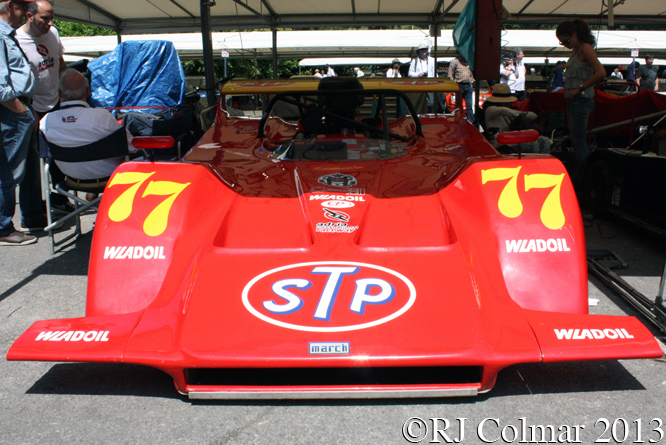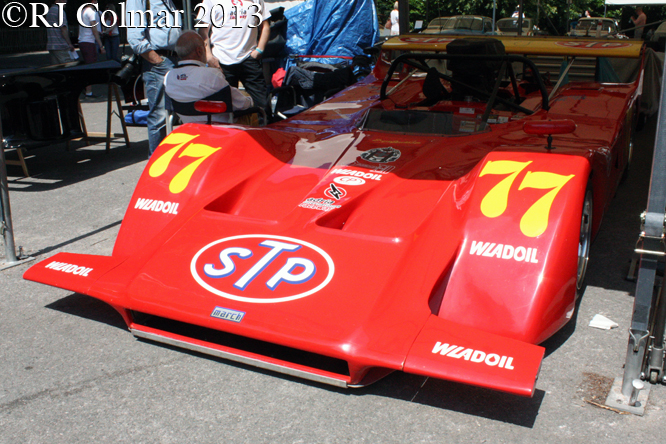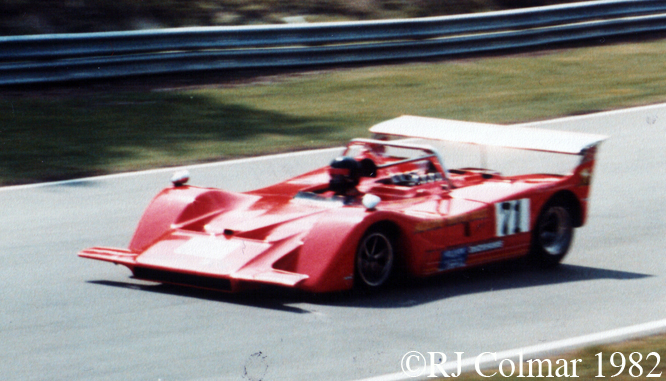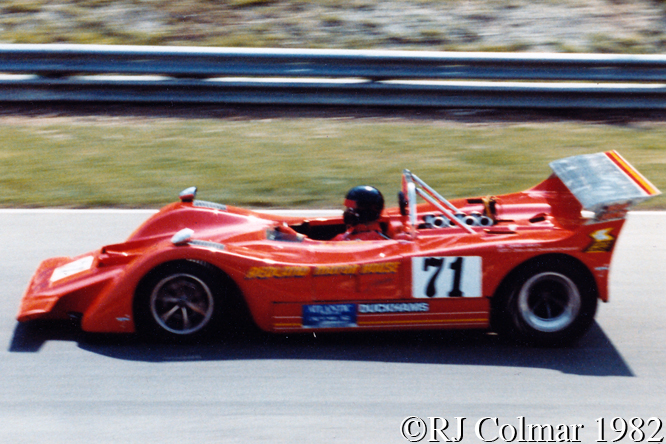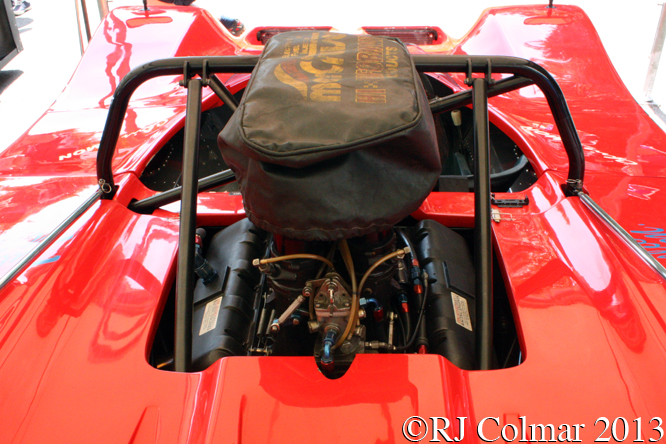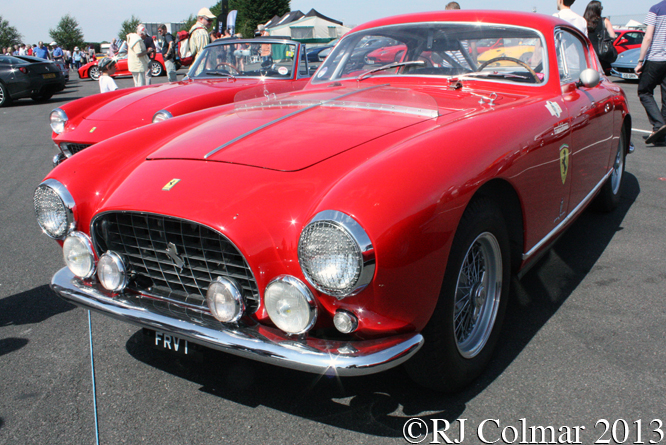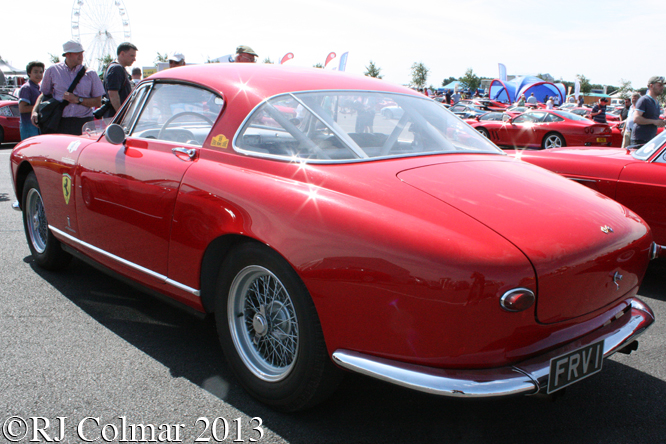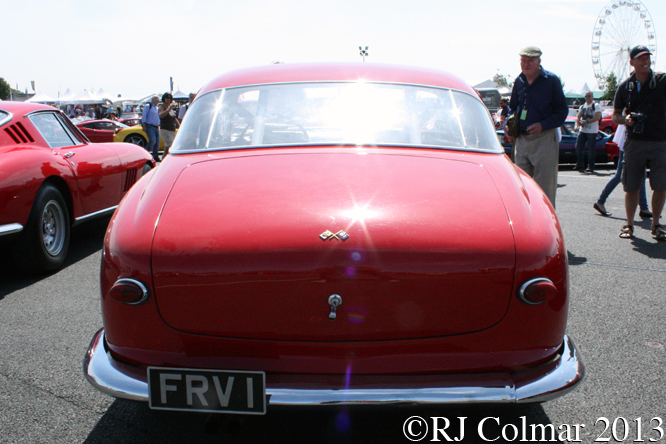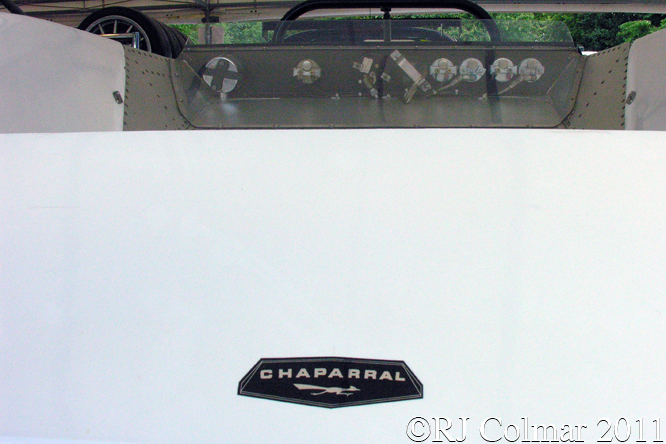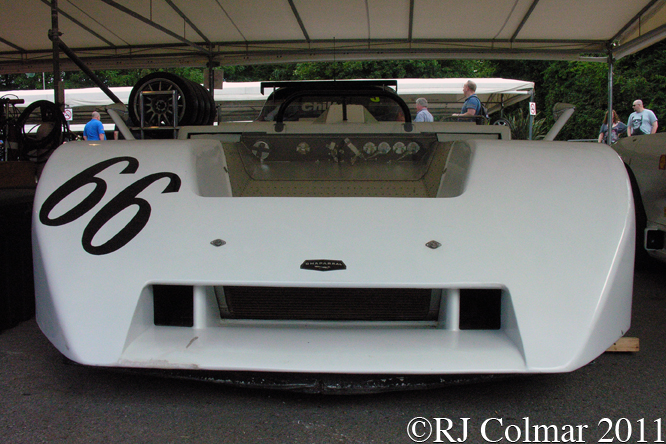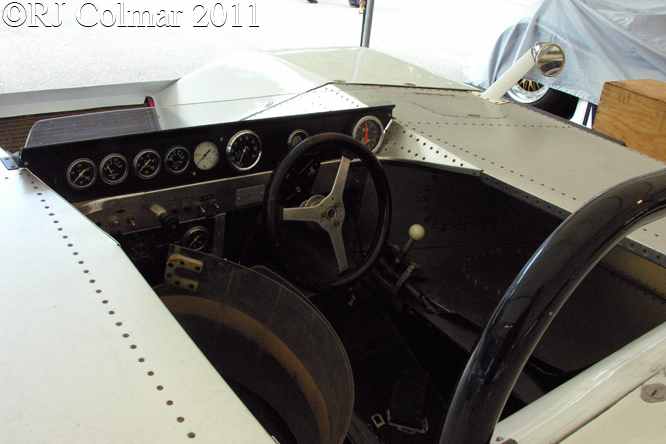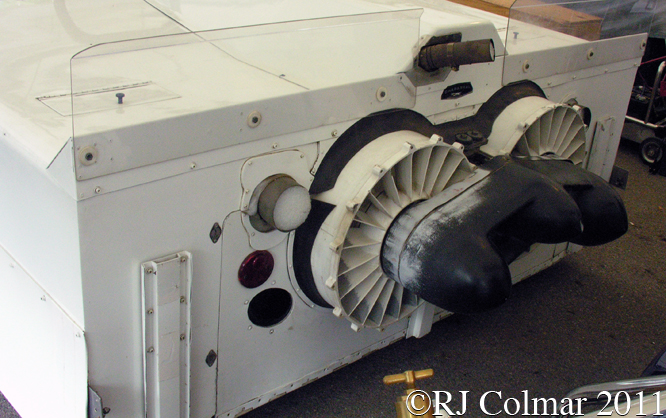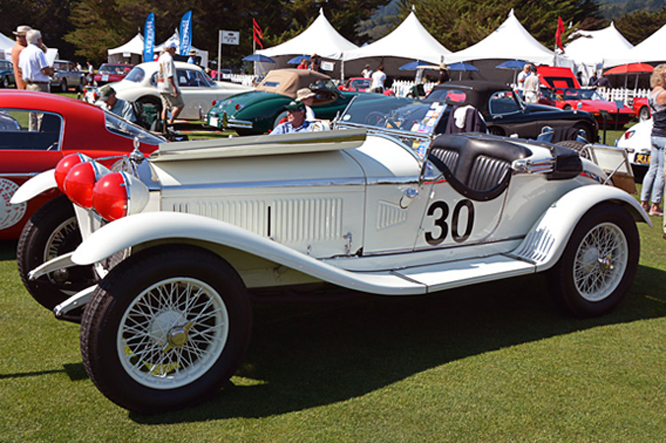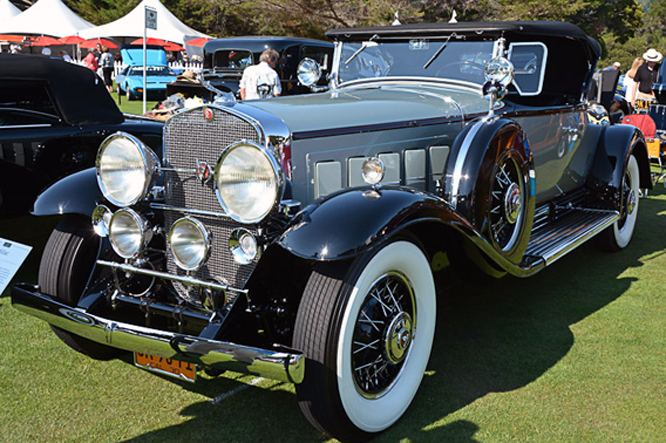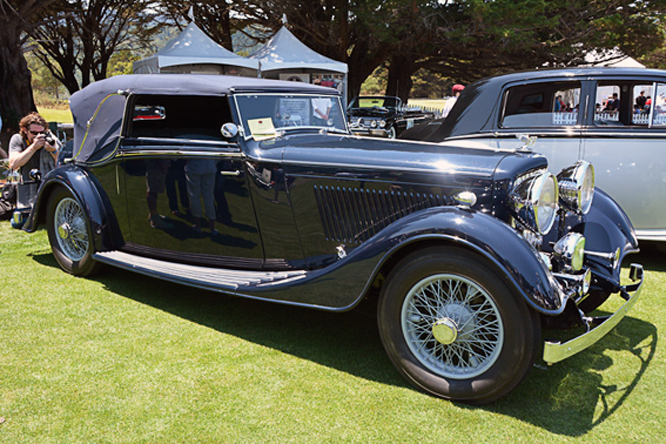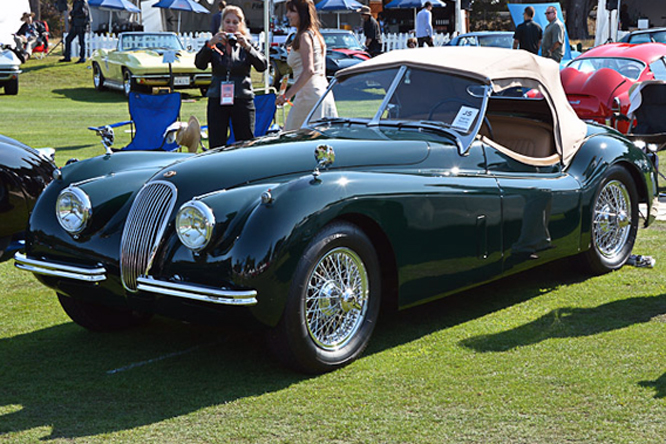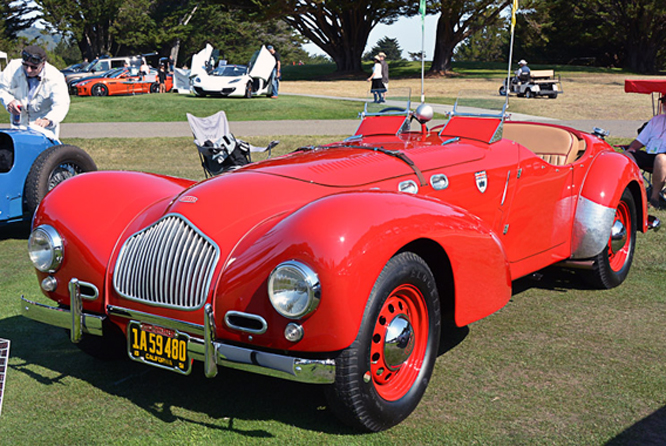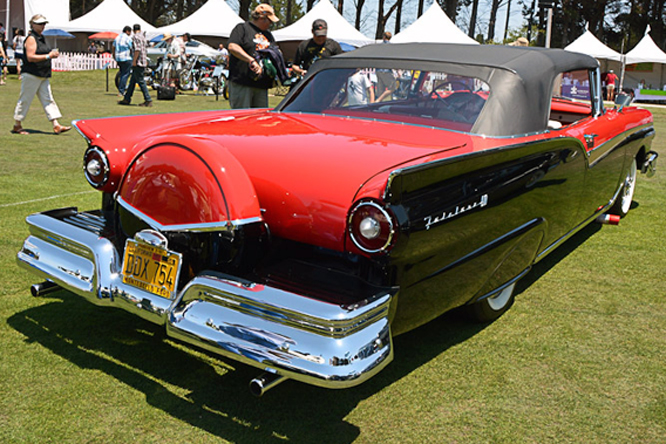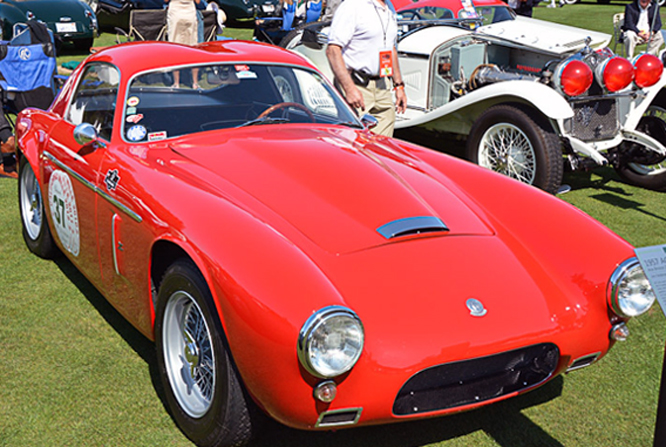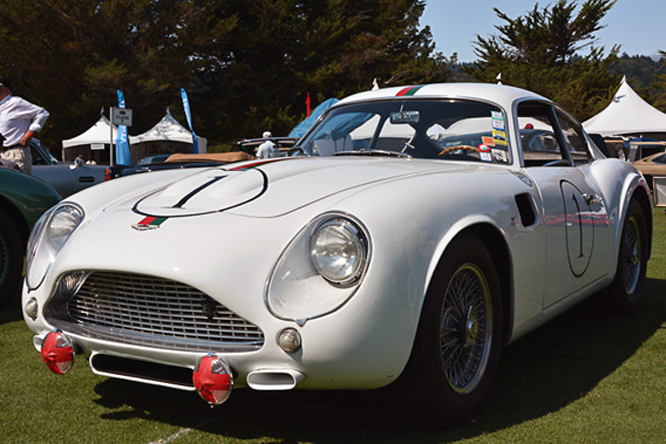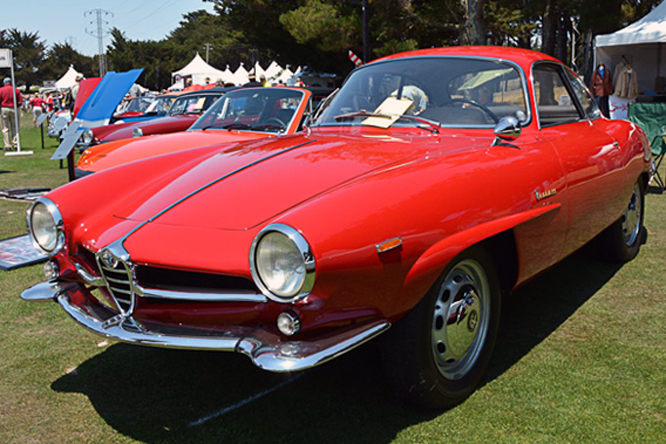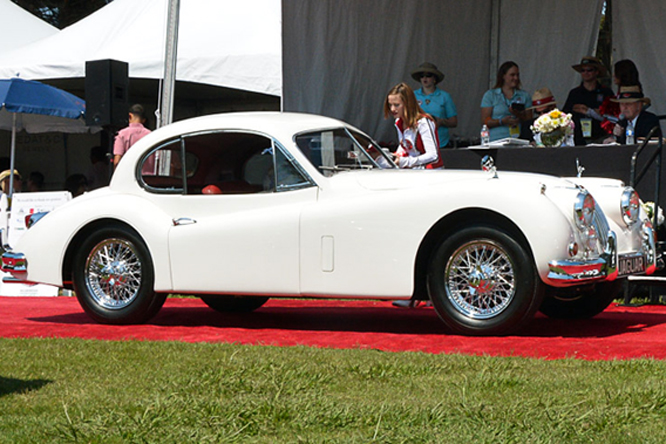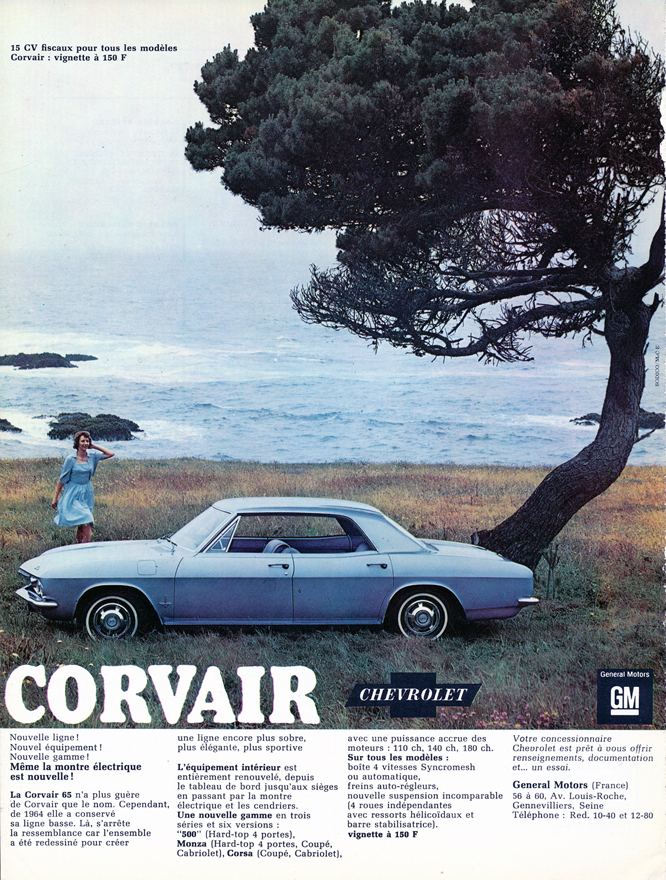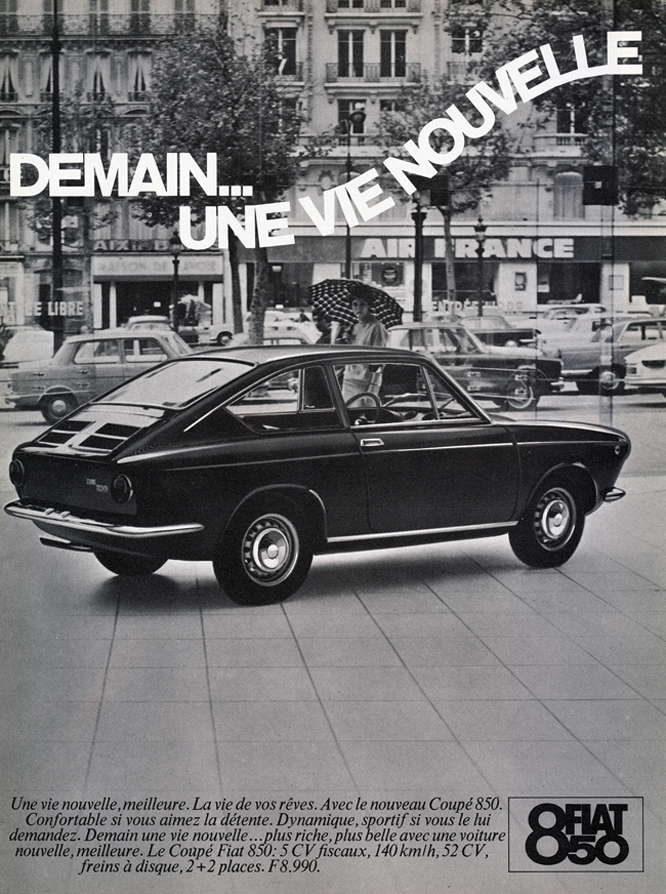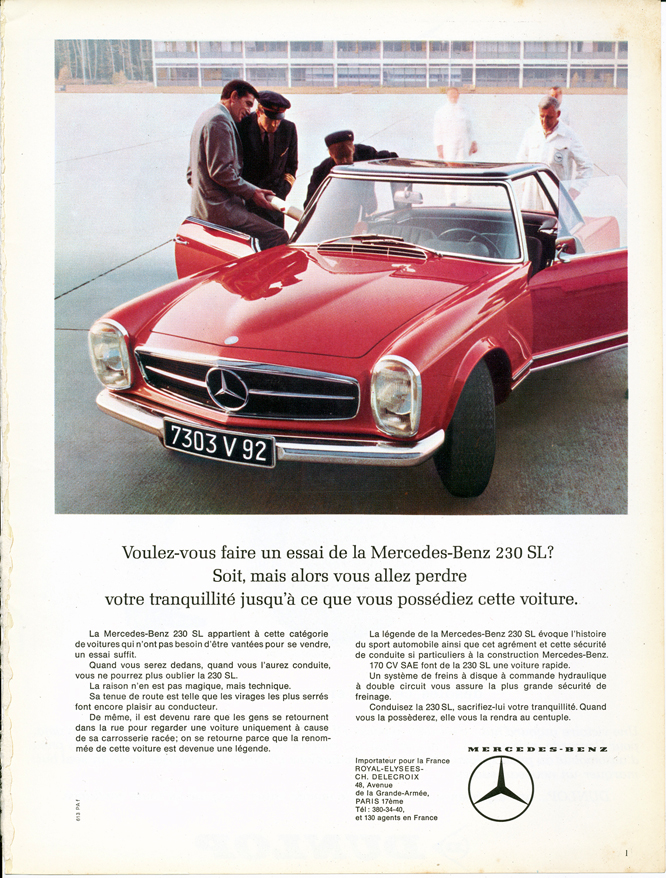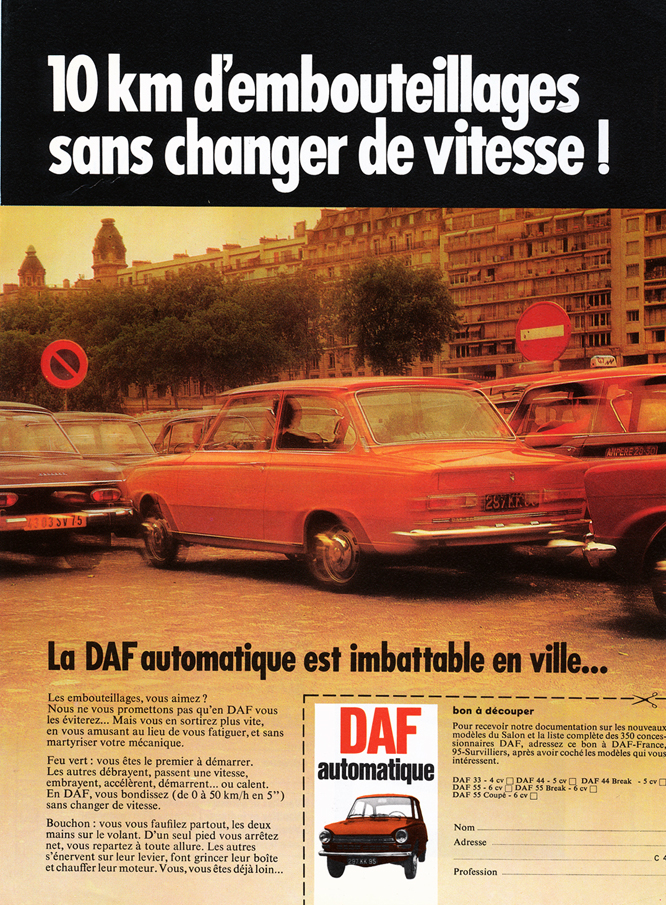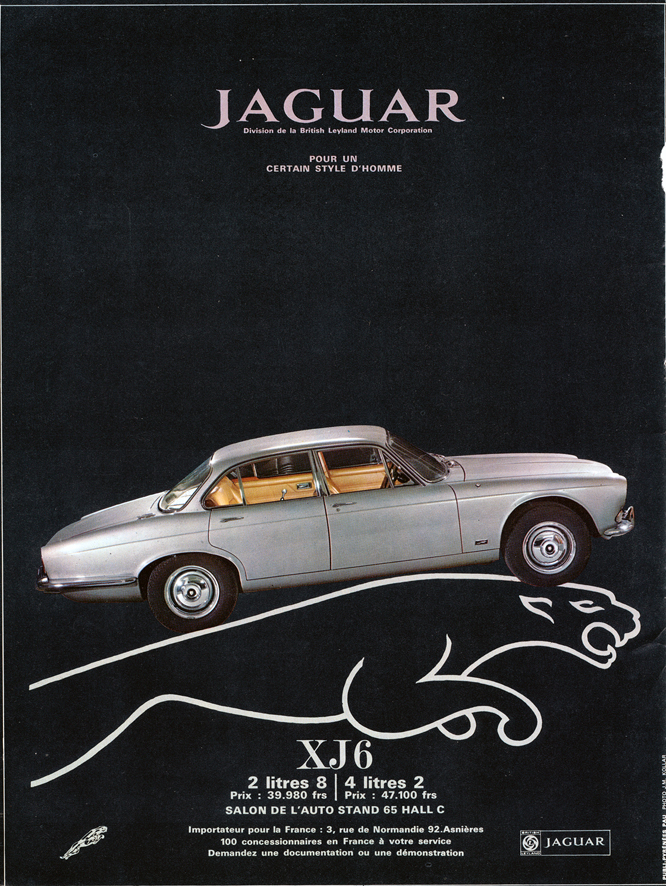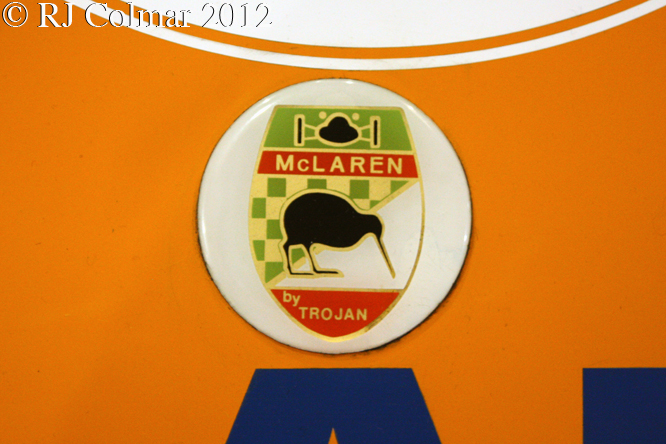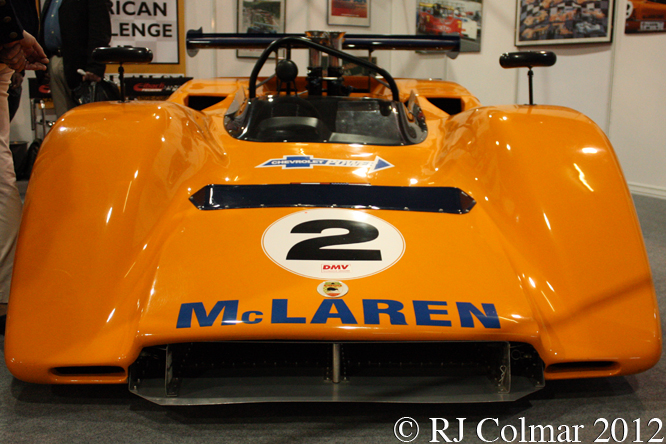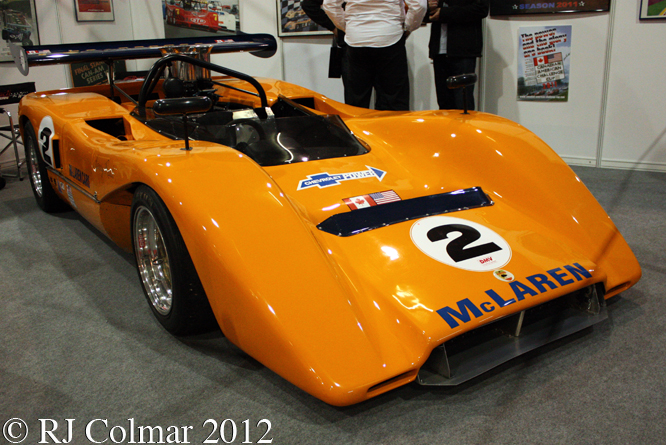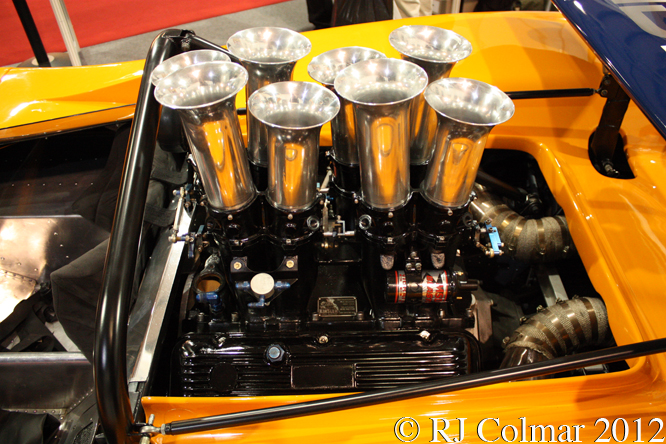Like many would be designers Tony Southgate built an Austin 7 special, while serving an Engineering Design apprenticeship with a non automotive company, raced it three times before the engine broke thus ending his career as racing driver.
Upon finishing his apprenticeship Tony joined Lola where he was involved with drawing of the Lola Mk VI which eventually evolved into the GT40. Not wishing to be tea boy on the GT40 project Tony joined Brabham and stayed until Lola’s founder Eric Broadley also disentangled himself from Ford and the GT40 project.
Rejoining Lola in Slough Tony was involved with the design of the Lola T70 and a broad spectrum of open and closed wheel Lola racing cars which included the Lola T130 / Honda RA 300 Formula One car which John Surtees drove to victory in the 1967 Italian Grand Prix.
Tony was lured to Santa Ana to work for Dan Gurney on a still born Eagle F1 project before he became involved in designing Eagle Indy Cars which achieved a remarkable 1-2-3 finish in 1968, later amended to 1-2-4.
After a couple of years with Lola Tony was asked to join BRM where he would briefly team up with John Surtees again before the 1965 Champion deemed it would be better to go his own way and started his own Formula One Team.
While at BRM Tony first designed the BRM P153 Formula One car, with which Pedro Rodriguez managed to win the 1970 Austrian Grand Prix. Alongside the Formula One car Tony got “…sucked into doing the Can Am car, the P154.” featured to day.
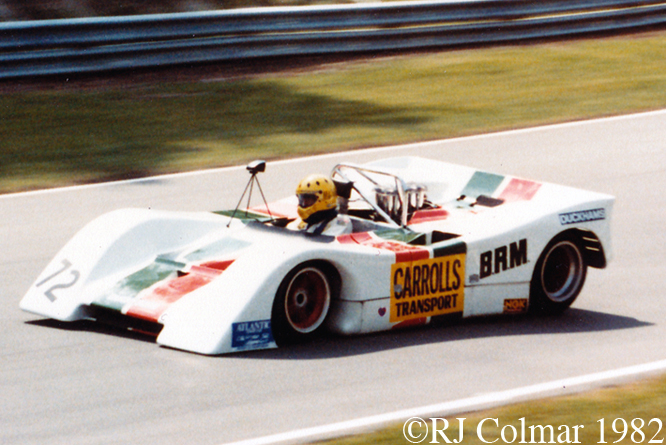
Due to time constraints, in Tony’s own words, the P154 ‘…was thrown together and sent to America for the mechanics to sort out on the hoof.” Power for the Castrol sponsored P154 was courtesy of a BRM tuned Chevy V8.
Canadian Deptartment Store heir George Eaton, who also drove for the BRM Formula One team through most of 1970, was assigned the responsibility for driving the P154 in the 1970 Canadian American challenge which got off to an inauspicious start, in the tradition of many BRM projects, at Mosport where George qualified 7th and retired with oil and transmission problems.
At Mont-Tremblant George qualified the BRM, today’s featured chassis #P154/01, 9th and finished a personal season high 3rd behind Dan Gurney in the winning McLarem M8D and Jackie Oliver in the Autocoast Ti22.
The rest of Georges season was a catalogue of failures interrupted by two 5th place qualifying positions the first at Road Atlanta where the engine blew during practice meaning George did not get to start and the second at Donnybrooke where a broken rocker arm caused George’s retirement.
For the last three races of the 1970 Can Am Challenge the highly esteemed and accomplished Mexican Pedro Rodriguez drove a second BRM P154 managing 9th, 5th and 3rd place finishes to equal Eatons best result. After finishing the final race at Riverside Pedro told the designer “… it was the worst car he’d ever driven.”, much to Tony Southgates embarrassment.
The following year BRM built improved P167’s initially using the P154 chassis tubs before building two complete new P167 cars which achieved a small measure of success in the European Interserie series in 1971.
P154 #01 featured today appears to have been run with P167 body work by David Hepworth in Europe on at least 3 occasions in 1972. Former double British Hillclimb Champion David, who bought the entire BRM Can Am project including all five cars along with “three tons of spares, then sold P154 #01 on to Lol Hopkins who entered the car for at least one event in 1973.
Today’s featured photo was taken at Brands Hatch in 1982 with former works Stanley BRM Driver Mike Wilds at the wheel, Mike qualified 5th for the Atlantic Trophy race on seven cylinders. At the start he managed to blast through from the third row of the grid in to the lead, he is seen here approaching Hawthorn Bend on the opening lap. Mike maintained a 5 sec lead until first a fuel pressure problem intervened and then the brakes faded completely causing him to leave the track and retire without further damage or injury. Mikes only consolation was that he established a new lap record of 1m 30.78s with an average speed of over 103 mph, 1 second faster than the fastest qualifier for the race Ray Mallock and about 27 seconds off the pace of the Formula One cars that weekend.
P154 #01 still exists and was recently sold with a few modifications having survived at least one major accident and a couple of rebuilds.
Tony Southgate went on to design the BRM P160 the last BRM to win a championship Formula One race and the BRM P180 the last works entered BRM to win a Formula One race before joining Shadow where he designed race winning Formula One cars and the 1974 Can Am Challenge winning Shadow DN4. He had a brief spell at Lotus where he had a hand in the design of the race winning Lotus 78.
Tony also designed most of the Jaguar XJR Group C/IMSA racers which won the World Endurance Championship and the Le Mans and Daytona 24 hour races, before working on endurance racer programs with Toyota, Nissan and more recently Audi.
George Eaton became president of the Eaton’s Department Store empire and oversaw a period of it’s steady decline.
Mike Wilds was part of Ray Mallocks 1986 Ecurie Ecosse Group C2 World Endurance Championship winning team in 1986 and is still to be found racing in historic events, testing numerous cars particularly for Colin Bennett’s CGA Engineering when not instructing race car drivers or helicopter pilots.
Thanks to all those who contributed to the BRM Can Am cars thread at The Nostalgia Forum which revealed the identity of this car.
Thanks for joining me on this “Thrown Together And Sent To America” edition of “Gettin’ a li’l psycho on tyres” I hope you will join me again tomorrow. Don’t for get to come back now !
